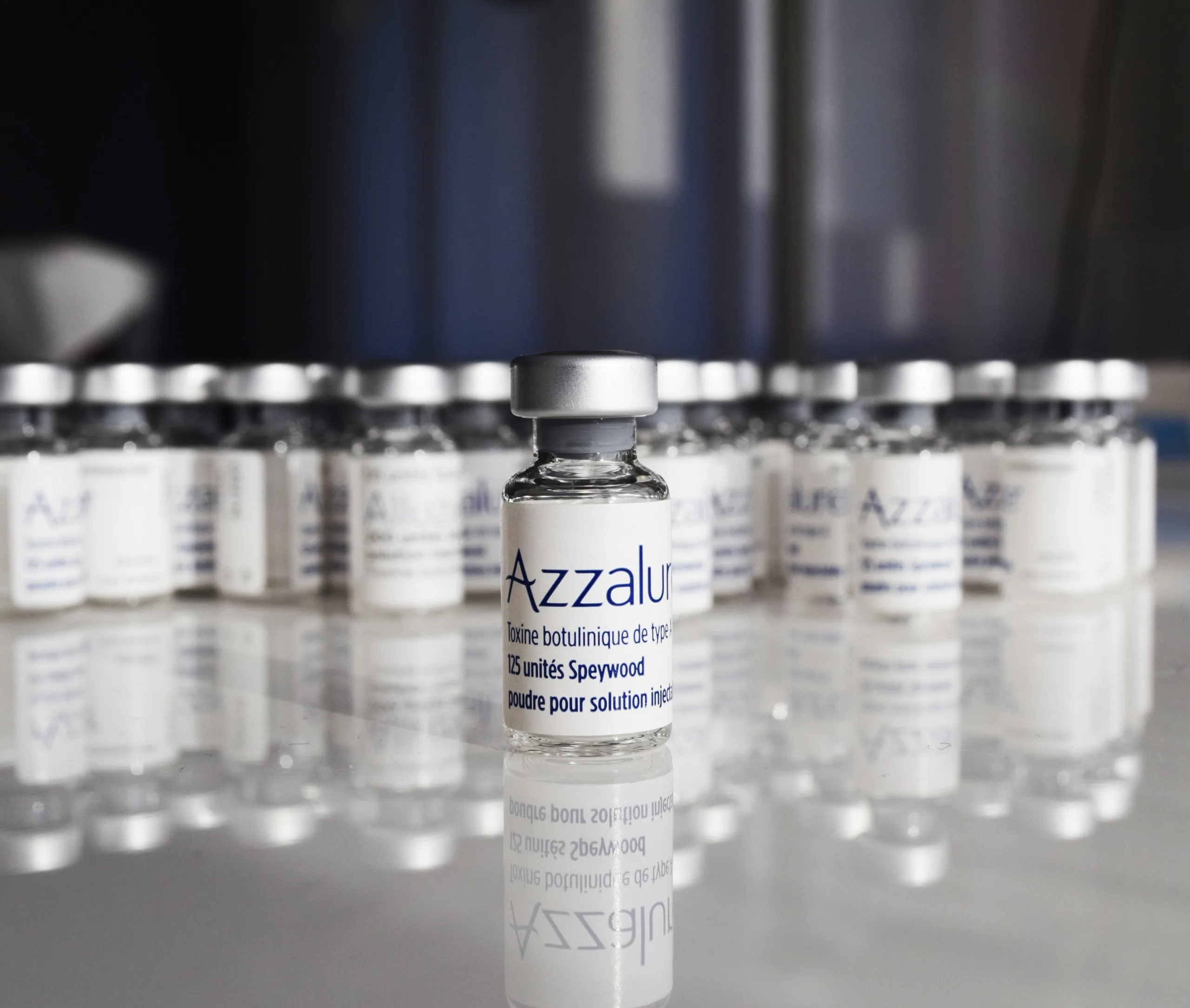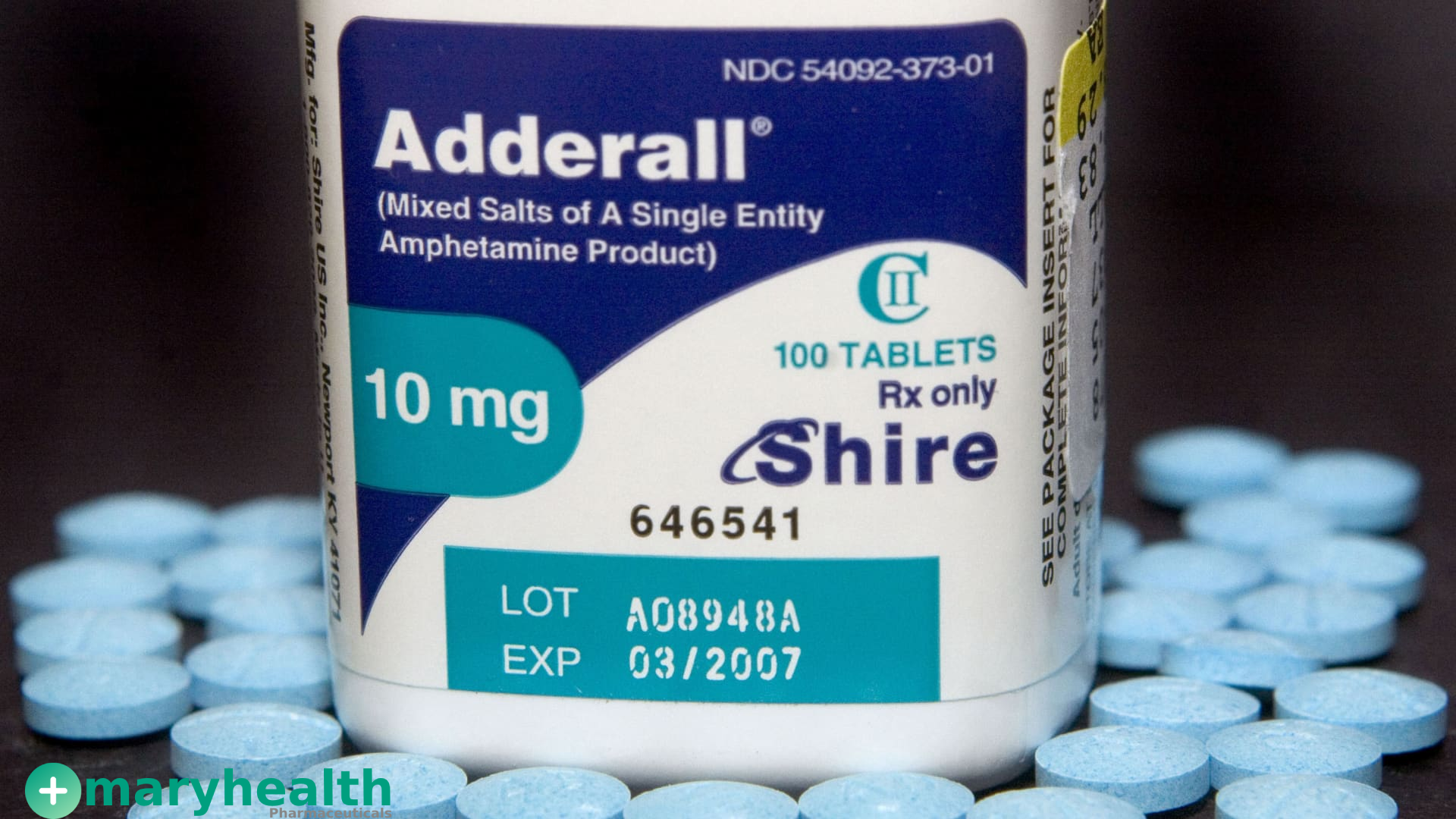Table of Contents
Introduction to Monalisa Fillers
Monalisa Fillers represent a significant innovation in the field of aesthetic treatments, designed to assist individuals in achieving a youthful and vibrant appearance. These dermal fillers primarily consist of hyaluronic acid, a substance naturally found in the body, which is renowned for its ability to retain moisture and add volume to the skin. As a result, Monalisa fillers are utilized to enhance facial contours, reduce the appearance of wrinkles, and provide a plump, youthful look.
The popularity of dermal fillers, including Monalisa, has been on the rise in recent years, as they offer a non-surgical alternative to traditional cosmetic procedures. This growing trend can be attributed to the increasing demand for minimally invasive treatments that enable individuals to rejuvenate their appearance without extensive downtime. The versatility of fillers makes them suitable for various applications, ranging from lip enhancement to cheek augmentation and wrinkle reduction.
Monalisa fillers distinguish themselves in the marketplace not only because of their composition but also due to their unique formulation which allows for a smoother injection experience and more natural-looking results. Practitioners have noted that Monalisa fillers provide a more seamless integration into the tissue, minimizing the risks of adverse reactions. Furthermore, these fillers are designed to last longer than many traditional options, offering sustained results that appeal to clients seeking value in their aesthetic investments.
As we delve deeper into the functionalities and applications of Monalisa fillers, it becomes essential to understand their implementation in cosmetic procedures, appropriate dosages, and potential side effects, ultimately empowering individuals to make informed decisions regarding their aesthetic goals.
What Are Monalisa Fillers?
Monalisa fillers are advanced dermal fillers designed specifically to address various signs of aging and enhance facial features. They stand out in the crowded market of cosmetic injectables due to their unique formulation and advanced technology. Unlike traditional fillers, which may rely heavily on hyaluronic acid alone, Monalisa fillers incorporate a proprietary blend of biocompatible materials aimed at offering both volumizing effects and skin rejuvenation.
The primary active ingredient in Monalisa fillers is a patented form of hyaluronic acid, which is known for its ability to retain moisture and provide volume. This ingredient is modified to enhance its cohesiveness and longevity, allowing it to integrate more seamlessly with the skin’s natural structure. This results in a smoother, more natural appearance that can last for several months. Furthermore, the fillers are designed with a unique particle size distribution, which allows for precise layering and placement, enhancing their effectiveness in treating specific areas.
In addition to the hyaluronic acid, Monalisa fillers may also contain additional components, such as antioxidants and peptides, which work together to stimulate collagen production and improve skin texture over time. These additional ingredients contribute to the overall anti-aging benefits, making Monalisa fillers not just a volumizing solution, but also a form of skin therapy.
Monalisa fillers differ from other fillers available in the market by their specific application techniques and formulations, which allow for tailored treatments based on individual skin needs. They are intended for various facial areas, targeting nasolabial folds, marionette lines, and even enhancing lip fullness. Their formulation supports the skin’s natural elasticity, which ultimately leads to a more youthful and refreshed appearance while minimizing the risk of common filler-related side effects.
Common Uses of Monalisa Fillers
Monalisa fillers have gained considerable popularity in aesthetic treatments due to their versatility and effectiveness. Primarily composed of hyaluronic acid, these dermal fillers are designed to restore volume, enhance facial contours, and provide a more youthful appearance. One of the most common uses of Monalisa fillers is in facial contouring. By strategically injecting these fillers into specific areas of the face, practitioners can improve the definition of the cheekbones, jawline, and chin, yielding a more sculpted look.
Another prevalent application of Monalisa fillers is wrinkle reduction. As individuals age, fine lines and wrinkles begin to manifest, particularly around the eyes, mouth, and forehead. Monalisa fillers can effectively plump these areas, smoothing out the skin and minimizing the signs of aging. This application not only rejuvenates the skin but also enhances overall facial harmony, leading to a refreshed and vibrant appearance.
Lip enhancement is yet another popular use for Monalisa fillers. Many individuals seek fuller, more defined lips, and these fillers can be precisely injected to achieve a plump and luscious look. Whether it is augmenting the volume or defining the lip borders, Monalisa fillers provide a natural-looking enhancement suitable for various preferences. Additionally, these fillers can be used for non-surgical nose reshaping, correcting asymmetries, and improving the overall profile.
Beyond facial applications, Monalisa fillers also find utility in the hand and décolletage rejuvenation, addressing volume loss and skin texture issues. Their versatility makes Monalisa fillers a top choice for individuals seeking to enhance their aesthetic appeal without the need for invasive surgical procedures. Overall, the diverse applications of Monalisa fillers enable patients to achieve a comprehensive enhancement tailored to their individual desires.
Recommended Dosage and Administration
Monalisa fillers are commonly used in various cosmetic procedures, and the recommended dosage can significantly vary based on several factors. Individual needs play a crucial role in determining the amount of filler required, as factors such as age, skin type, and the specific area being treated are essential considerations. For instance, a patient seeking lip enhancement may require a different quantity than someone aiming for cheek volumization. Typically, practitioners will assess the individual’s facial anatomy and desired results to establish the optimal dosage.
The area being treated also influences the dosage. For delicate areas such as the nasolabial folds, less product might be required compared to larger areas such as the cheeks. Moreover, the desired outcome impacts the dosage; a more pronounced effect necessitates a higher volume of filler. Therefore, it is advisable to have a thorough consultation with a qualified practitioner who can recommend personalized dosages based on their assessment.
When it comes to administration, precision is paramount. Trained professionals utilize techniques such as micro-injections to ensure controlled and even distribution of the filler. The use of a fine needle or cannula can minimize discomfort and bruising during the procedure. Practitioners must be knowledgeable about the anatomy of the face to avoid complications and ensure the aesthetic goals are met safely.
Professional guidance is critical when considering Monalisa fillers, as incorrect dosage or administration can lead to suboptimal results or adverse effects. Therefore, it is essential to seek treatment from certified specialists who have experience with Monalisa fillers to achieve the best possible outcomes.
Side Effects of Monalisa Fillers
Monalisa fillers are widely used in aesthetic procedures for augmenting volume and enhancing facial contours. However, like any cosmetic treatment, they are associated with potential side effects that patients should be aware of. Understanding these adverse reactions can aid in making informed decisions about the use of fillers.
Common side effects of Monalisa fillers typically include localized reactions at the injection site. Patients may experience swelling, redness, pain, and bruising, which generally resolve within a few days after treatment. These reactions are often mild and transient but can vary in intensity based on individual skin sensitivity and the technique used during the injection process.
Less common, yet more serious side effects can occur, although they are rare. These include allergic reactions, which may manifest as itching, rash, or severe swelling. Furthermore, in rare instances, the injection may inadvertently cause vascular occlusion, leading to complications such as tissue necrosis or vision impairment. The likelihood of these severe reactions occurring is low, particularly when the procedure is performed by qualified and experienced professionals.
Several factors can influence the severity and likelihood of side effects. These include the injection technique employed, the specific anatomical areas treated, and individual patient characteristics such as skin type and medical history. Prior consultation with a practitioner is essential for assessing these factors and preparing patients for potential outcomes.
Given the relatively low incidence of severe side effects, awareness and preparation remain crucial. Patients should discuss any concerns with their healthcare provider to ensure they have a clear understanding of what to expect following treatment with Monalisa fillers. This proactive approach can significantly enhance the overall satisfaction and safety of the procedure.
Pre-Treatment Considerations
Before undergoing treatment with Monalisa fillers, it is crucial to address several pre-treatment considerations to ensure a safe and effective procedure. A comprehensive review of the patient’s medical history is essential, as certain health conditions may influence the treatment outcome or lead to complications. Patients should inform their practitioners about any chronic illnesses, previous facial procedures, or ongoing medications, including blood thinners, which may pose risks during the injection process.
Another significant factor to evaluate is the patient’s skin type and condition. Different skin types may react differently to Monalisa fillers, and an accurate assessment can help practitioners choose the most appropriate product and technique for optimal results. Dry, oily, or sensitive skin may require tailored approaches to minimize potential side effects. Additionally, practitioners should examine any existing skin concerns, such as acne scars or pigmentation, to develop a holistic treatment plan.
Discussing allergies is another vital aspect of the pre-treatment phase. Patients should disclose any known sensitivities, particularly to substances commonly used in dermal fillers, such as hyaluronic acid. Understanding a patient’s allergy history helps in mitigating potential adverse reactions during or after the procedure.
Furthermore, it is imperative for patients to have realistic expectations regarding the results of the treatment. A thorough consultation with the practitioner should encompass a discussion about the anticipated outcomes, potential longevity of the fillers, and the possibility of needing follow-up treatments. This open dialogue fosters a collaborative environment where patients can voice any concerns and clarify their goals, ultimately enhancing the overall experience. Pre-treatment planning is a fundamental step towards achieving satisfaction with Monalisa fillers.
Post-Treatment Care
Following a Monalisa filler treatment, it is crucial to adhere to specific aftercare guidelines to maximize results and minimize any potential complications. The first recommendation is to avoid strenuous activities for at least 24 to 48 hours post-treatment. This includes exercise, heavy lifting, or any physical activity that could increase blood flow to the face, potentially leading to swelling or bruising around the injection site.
Additionally, it is advisable to refrain from using facial products that may irritate the skin, such as exfoliants, retinoids, and acid-based products, during the initial recovery period. Gentle cleansing with a mild soap and application of a soothing moisturizer can aid in maintaining skin hydration. Ice packs or cold compresses may be utilized to alleviate any swelling or discomfort, but direct contact with the filler should always be avoided.
Clients should also be cautious about touching their faces or applying makeup for at least 24 hours after treatment to reduce the risk of infection and ensure optimal healing. If any swelling or bruising occurs, these effects are typically temporary and should subside within a week. However, monitoring the sites for any unusual changes is essential, and seeking professional advice immediately if there are concerns is recommended.
Moreover, follow-up appointments with the practitioner are important to assess the results of the treatment and discuss any additional doses if necessary. These appointments allow for addressing any questions regarding the filler and ensuring satisfaction with the outcomes. Ultimately, understanding and practicing effective post-treatment care enhances the longevity and appearance of Monalisa fillers, ensuring that clients achieve their desired aesthetic goals.
Comparing Monalisa Fillers with Other Fillers

Monalisa fillers have emerged as a noteworthy option within the vast array of dermal fillers available today. When considering aesthetic enhancement through fillers, an important aspect to examine is how Monalisa fillers compare with other popular fillers, such as Juvederm and Restylane. Primarily, these products differ in their composition and the results they promise. Monalisa fillers often utilize hyaluronic acid, similar to many other fillers, but their unique formulation may offer specific advantages in terms of effectiveness and safety.
In terms of effectiveness, Monalisa fillers are recognized for their ability to provide immediate volume and a natural-looking result. This is crucial for individuals seeking to achieve subtle facial enhancement. In comparison, other fillers like Juvederm may have varying results depending on the formulation used. For instance, Juvederm Voluma is specifically designed for volumizing larger areas, such as the cheeks, while Monalisa fillers can provide more versatile applications across different facial areas, including fine lines and wrinkles.
Another significant aspect is longevity. Typically, Monalisa fillers claim an extended duration of effect, allowing for less frequent touch-ups compared to alternatives like Restylane, which may require more frequent maintenance sessions. Patients often prefer this characteristic, as it not only enhances their convenience but also potentially reduces overall treatment costs over time.
However, it is essential to consider potential side effects associated with these fillers. While rare, side effects like swelling, bruising, and allergic reactions can occur with any filler. Monalisa fillers, given their composition, might exhibit fewer adverse effects for some users, although this can vary by individual experience. Therefore, patients are encouraged to consult with experienced practitioners who can provide personalized guidance based on their specific needs and preferences.
By analyzing the effectiveness, longevity, and possible side effects, individuals can make informed decisions regarding the appropriateness of Monalisa fillers compared to other available options.
Key Takeaways from this Mary Health Pharmaceutical Health and Cosmetic Guide
Understanding Monalisa fillers is crucial for individuals considering cosmetic enhancements. These fillers are primarily used for facial volume restoration, wrinkle reduction, and overall skin rejuvenation. They contain hyaluronic acid, which plays a significant role in retaining moisture and promoting a youthful appearance. One of the primary advantages of Monalisa fillers is their ability to create natural-looking results, allowing patients to achieve an aesthetically pleasing appearance without drastic changes. It is important to appreciate the variety of applications these fillers have, which can range from lip augmentation to contouring the cheeks and jawline, showcasing their versatility in cosmetic procedures.
Dosage is a critical factor when using Monalisa fillers, as the amount injected can greatly influence the outcome of the treatment. A thorough consultation with a qualified professional is essential to determine the appropriate dosage tailored to a patient’s individual needs. Additionally, it is worth noting that the longevity of the results will vary, with effects typically lasting between six to twelve months. Patients should be prepared for possible touch-up treatments to maintain their desired appearance. Understanding the correct dosage helps to avoid common side effects such as bruising, swelling, or an uneven look, ensuring a positive experience.
Finally, it is imperative to recognize the potential side effects associated with Monalisa fillers. While many individuals experience minimal discomfort, being informed about the risks allows for more informed decision-making. Readers are encouraged to consider professional guidance when exploring their options in cosmetic treatments. Consultation with qualified practitioners not only enhances safety but also provides deeper insights into what to expect before, during, and after the procedure. Gathering comprehensive information aids in making empowered choices for achieving one’s aesthetic goals effectively.







